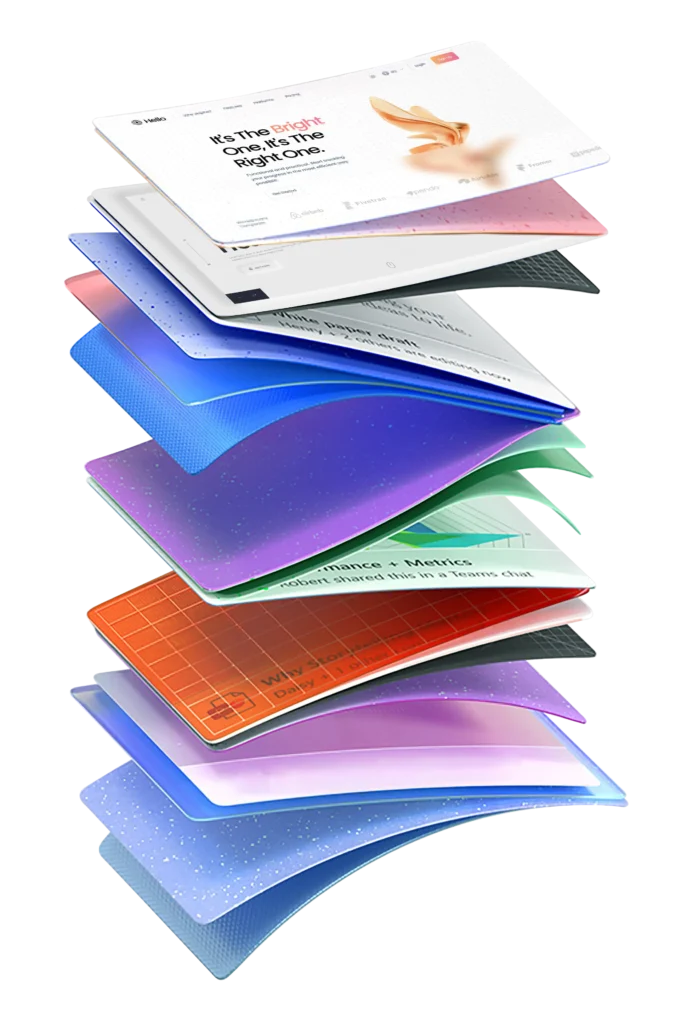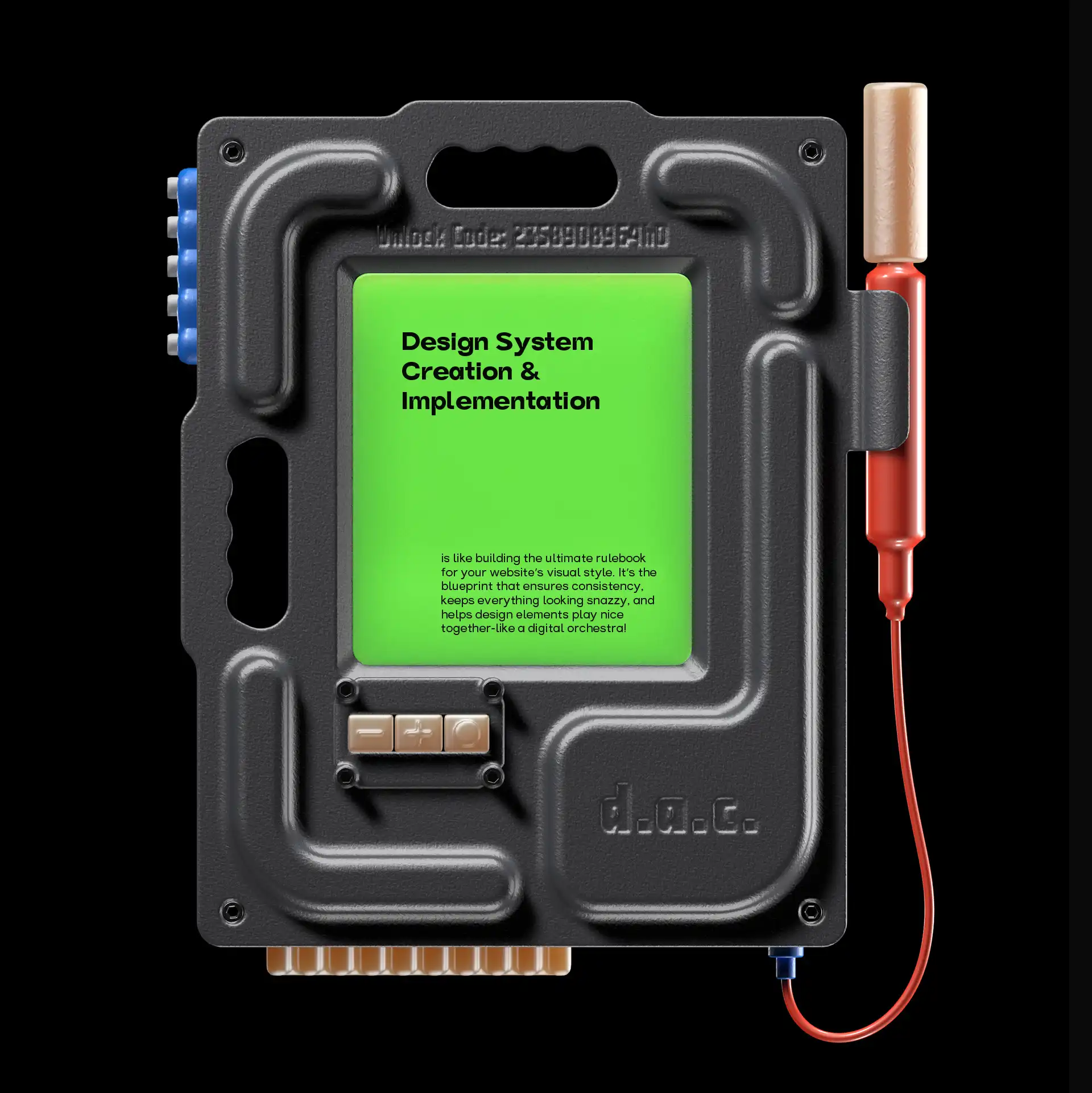web design companies in Vancouver
Vancouver’s Premier Web Design Experts – Fresh, Bold, and Unrivalled!
We Create. You Succeed.

Looking for standout web design companies in Vancouver? Thinkster Digital leads the pack, delivering cutting-edge, sleek, high-impact websites that elevate your brand. Based in vibrant Vancouver, we specialize in modern designs that don’t just look good—they drive results. Whether you’re a local startup or an established business, our team builds digital experiences tailored to your goals. Let us craft a site that reflects Vancouver’s energy and takes your online presence to new heights!

*
*
.
*
.
.
Lifting brands, whether towering or tiny, to greatness!












The Journey
Taking you from wild ideas to epic launches!
1. Discovery Dive
Discovery Dive
01.
Get ready to plunge deep! We explore, investigate, and unearth your brand’s best-kept secrets. Armed with curiosity and caffeine, we gather insights that shape a winning strategy—turning the unknown into the unforgettable. Research never felt this exciting!
01.
Discovery Dive
Get ready to plunge deep! We explore, investigate, and unearth your brand’s best-kept secrets. Armed with curiosity and caffeine, we gather insights that shape a winning strategy—turning the unknown into the unforgettable. Research never felt this exciting!
2. Brainstorm Bonanza
Brainstorm Bonanza
02.
Ideas, ideas everywhere! We doodle, debate, and design the perfect plan, mixing wild creativity with strategic thinking. It’s an all-out creative jam session where your project’s blueprint takes shape—with a side of quirky brilliance and fun surprises.
02.
Brainstorm Bonanza
Ideas, ideas everywhere! We doodle, debate, and design the perfect plan, mixing wild creativity with strategic thinking. It’s an all-out creative jam session where your project’s blueprint takes shape—with a side of quirky brilliance and fun surprises.
3. Content Potion
Content Potion
03.
Brewed to perfection! We mix compelling words and eye-catching visuals to create content that captivates, connects, and converts. It’s not just about looking good; it’s about making magic happen—one irresistible piece at a time
03.
Content Potion
Brewed to perfection! We mix compelling words and eye-catching visuals to create content that captivates, connects, and converts. It’s not just about looking good; it’s about making magic happen—one irresistible piece at a time
4. Imagination Station
Imagination Station
04.
Hop aboard the creativity express! We dream big, think outside the box, and cook up ideas that break boundaries. Expect bold concepts, quirky twists, and a touch of unexpected genius—all designed to make your brand unforgettable.
04.
Imagination Station
Hop aboard the creativity express! We dream big, think outside the box, and cook up ideas that break boundaries. Expect bold concepts, quirky twists, and a touch of unexpected genius—all designed to make your brand unforgettable.
5. The Grand Makeover
TheGrand Makeover
05.
Your brand’s glow-up starts here! We polish, refine, and tweak every little detail until it shines. From fonts to pixels, everything gets a touch of perfection—making sure you’re dressed to impress in the digital world.
05.
TheGrand Makeover
Your brand’s glow-up starts here! We polish, refine, and tweak every little detail until it shines. From fonts to pixels, everything gets a touch of perfection—making sure you’re dressed to impress in the digital world.
6. Showtime Magic
Showtime Magic
06.
Drumroll, please! It’s time to unveil your masterpiece. We present, launch, and celebrate, ensuring your brand steps into the spotlight with style, confidence, and a little extra pizzazz. Get ready to make heads turn and hearts race!
06.
Showtime Magic
Drumroll, please! It’s time to unveil your masterpiece. We present, launch, and celebrate, ensuring your brand steps into the spotlight with style, confidence, and a little extra pizzazz. Get ready to make heads turn and hearts race!
We are experts in leading industry standard platforms & technologies.




















Professional Advice
Have a question?
Whether you’re curious about our services, our process, or how we can help your business succeed, you’ll find the information you need right here.
The cost of website design in Vancouver typically ranges from 2,000to2,000to10,000+, depending on the complexity, features, and size of the project. Basic sites may cost less, while custom or e-commerce sites can exceed $10,000.
A standard business website takes around 2 to 4 weeks, while complex websites like eCommerce or custom platforms may take 6 to 12 weeks. Timelines depend on design revisions, content availability, and development complexity.
Yes! We build SEO-optimized websites with fast loading speed, mobile responsiveness, clean code, and best on-page SEO practices to help you rank higher on Google.
Absolutely! We create fully responsive websites that adjust perfectly to desktops, tablets, and mobile devices, ensuring a seamless user experience across all screen sizes.
Yes! We offer website maintenance services, including security updates, bug fixes, speed optimization, and content updates, to keep your website running smoothly.
Would you like more FAQs or customizations for specific services? 🚀
Looking for collaboration for your next project? Do not hesitate to contact me to say hello.
